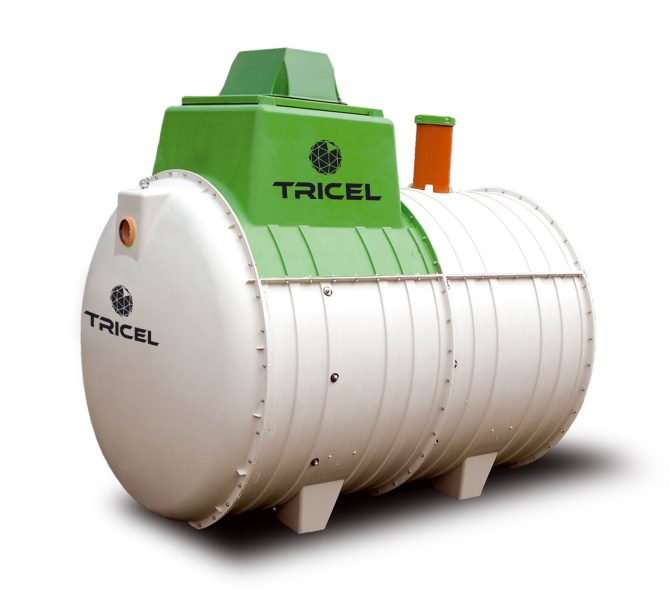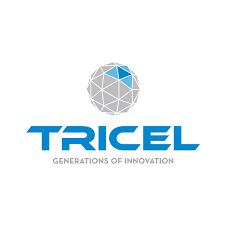What Are the Different Types of Sewage Treatment Systems in France?
Essential Reading


There are several different types of sewage treatment systems available in France and it can be difficult to know which is the best fit for your house. Let’s take a look at the advantages and disadvantages of each one.
Sewage Treatment Systems in France
Beyond the simple division between “traditional systems” and “approved systems” found in the applicable legal texts*, we can divide the sewage treatment systems into 4 major families.
1. Traditional Sewage Systems
The best-known sewage treatment system is the all-water tank, which succeeded the “septic tank” of previous generations, with its spreading systems (spreading trenches, sand filter, etc). These “traditional systems” use the purifying power of the soil, in which bacteria digest the matter contained in the wastewater. The main advantage of these systems is that they have supposedly “proven themselves” over time**, but they have two major disadvantages: their hold on the ground, which is generally around 100 square meters, and the need to recycle the sand filtration after 10 to 20 years – incurring an additional bill that can be as high as 10,000 euros and that we often tend to forget at the time of the implementation of the system.
2. Compact Filters
At Tricel, compact filters such as the Tricel Seta Simplex and Seta are recommended for secondary houses and holiday homes.
Indeed those compact filters don’t require electricity for the treatment for wastewater as the treatment is made thanks to coconut fibre (“coir”), which serves both as a filtering medium and bacterial support.
These fibres are lignin-rich, which gives them great rigidity, makes them resistant to water and gives them excellent resistance to decomposition – resulting in a long lifespan.
One of the many advantages of the compact filters is that they are eligible to the Eco-Pret 0% as they don’t require electricity to run.
Some of the other advantages of the Tricel compact filters are:
- Lightweight: easy to transport and install
- Compact: a footprint reduced to its maximum
- Ecological: coconut fiber is 100% natural and comes from agricultural upgrading
- Easy: delivered ready to use thanks to the factory settings
- Robust: made of GRP
- Certified: 20 year warranty and approved by the Ministries
- Economical in the long term
3. Alternative Systems
4. Small Sewage or Wastewater Treatment Plants
- The activated sludge microstations (or free culture microstations) are the most widespread technique in collective sanitation. Unfortunately, these activated sludge microstations can generate more sludge than other systems, resulting in high emptying costs. In addition, they are very sensitive to load variations, which are much more pronounced in individual homes (due to, for example, daytime absences, weekend visitors, or absences during summer vacations) than in collective sewage treatment plants, where load variations are balanced against the overall volume of treated effluent. This can result in frequent problems of pollution release, regularly degraded bacterial flora, and therefore poor digestion of the nutrients contained in the wastewater, with the odour problems that this can cause.
- The so-called “SBR” (Sequencing Batch Reactor) microstations are an advanced version of activated sludge microstations. A relatively complex on-board electronic system allows the management of phases during which the wastewater is treated, then decanted, then evacuated; the user can adjust this system according to their needs (vacation periods etc.). The technological performance of SBRs is undeniable and their purification performance, in general, is unquestionable; these systems are perfectly suitable for masons/installers and users who are comfortable with electronic settings, as well as with the repair of such systems.
- Fixed culture microstations are usually considered as the most suitable technology for individual housing: they generate little sludge and also record the best results in terms of behaviour on load variations. Indeed, the bacterial flora, which settles on the support provided by the “bacterial bed” of the aeration compartment, develops more or less according to the incoming loads, according to a so-called “self-regulating” principle. In addition, the sludge recirculation, when it returns the residual sludge to the primary chamber (and not to the aeration compartment, as it is sometimes seen!), allows it to automatically supply the bacteria with pre-treated effluent – and thus with nutrients – during the prolonged absences of the occupants of the house (vacations, for example).
Share to: Facebook Twitter LinkedIn Email



